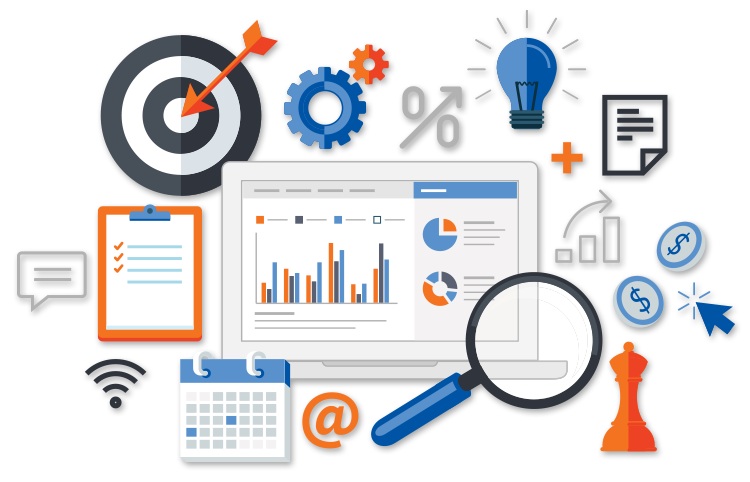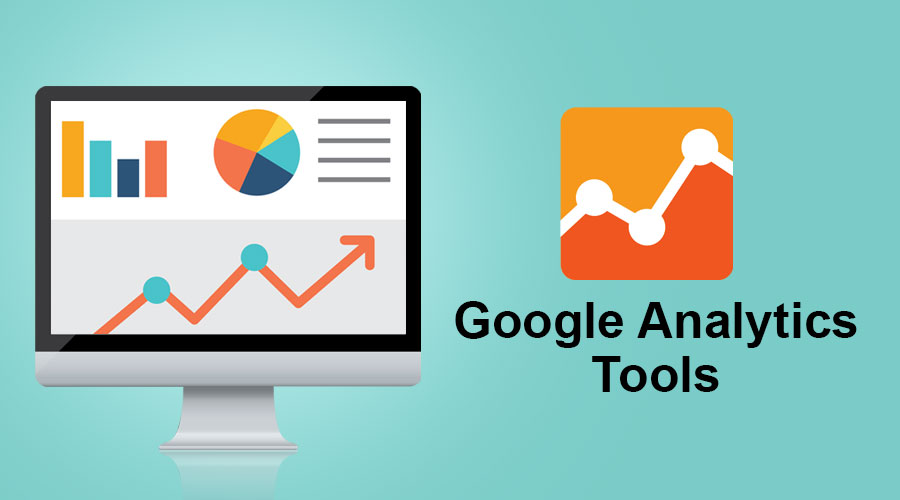Encourage Your Group with Actionable Insights from Analytics
Increase Efficiency and Productivity Through Data Analytics
In today's data-driven landscape, businesses are progressively identifying the essential duty of data analytics in boosting operational efficiency and success. By systematically examining data, companies can discover vital insights that educate critical choices, simplify procedures, and tailor client experiences.
Comprehending Information Analytics
In today's data-driven landscape, understanding data analytics is necessary for organizations aiming to boost functional performance and drive earnings. Information analytics involves the systematic computational analysis of data sets to discover patterns, connections, and understandings that educate decision-making. By employing numerous methods, such as analytical evaluation, machine learning, and anticipating modeling, companies can change raw information into actionable knowledge.
The procedure generally begins with information collection, where relevant info is gathered from several sources, including transactional databases, customer communications, and market trends. This data is after that cleaned and organized to make sure accuracy and uniformity. When the data is prepared, analytical devices and software application are used to visualize the details and explore, allowing stakeholders to determine patterns and abnormalities.
Eventually, understanding data analytics empowers companies to make enlightened choices based upon empirical proof instead of instinct. It helps with targeted strategies that can optimize resource allotment, improve client fulfillment, and enhance total efficiency. As services progressively acknowledge the worth of data-driven understandings, a strong understanding of data analytics comes to be an important proficiency for leaders and teams alike, placing them for sustained success in a competitive environment.

Secret Advantages for Companies
Organizations that take advantage of data analytics can open a wide variety of benefits that considerably improve their procedures and earnings. Among the main benefits is boosted decision-making. Data analytics gives actionable understandings originated from real-time information, enabling organizations to make informed choices that straighten with market demands and consumer choices.

In addition, information analytics cultivates boosted client experiences. By recognizing client actions and choices, organizations can customize their offerings, bring about raised contentment and commitment. This individualized approach usually causes higher conversion prices and repeat organization.
Furthermore, information analytics allows organizations to recognize arising possibilities and patterns. By remaining in advance of the contour, companies can utilize on new markets and advancements before their competitors.
Implementing Data-Driven Strategies
Effective application of data-driven strategies requires a thorough understanding of both business goals and readily available information sources. Organizations has to first define their goals plainly, guaranteeing alignment in between information efforts and strategic goals. This quality enables teams to concentrate on appropriate metrics and insights that drive decision-making.
Following, companies must evaluate their existing information infrastructure. This involves examining information high quality, accessibility, and assimilation abilities. Premium data is crucial for accurate evaluation, as bad information can lead to misdirected techniques and wasted resources. Organizations has to develop processes for data collection, cleansing, and management to preserve information integrity.
Furthermore, promoting a Home Page data-driven culture is crucial. Workers in any way degrees must be motivated to leverage data in their daily procedures. Training programs and workshops can improve information proficiency, encouraging team to make informed choices based upon logical insights.
Tools and Technologies Summary
A robust suite of tools and innovations is important for organizations aiming to harness the full capacity of data analytics. These devices assist in the collection, handling, and visualization of data, allowing companies to derive actionable understandings.
At the fundamental degree, information administration platforms such as SQL databases and NoSQL systems offer effective data storage and retrieval capabilities. For information handling and evaluation, programming languages like Python and R, together with structures such as Apache Spark, enable complex calculations and device discovering applications.
Visualization tools, including Tableau and Power BI, change raw data into instinctive graphical styles, making insights available to stakeholders whatsoever degrees. Additionally, cloud-based systems like Google Cloud and AWS offer scalable storage and handling services, fitting the expanding volumes of information organizations run into.
For advanced analytics, anticipating modeling and AI-driven services are progressively adopted, permitting business to forecast fads and improve decision-making procedures. Integrating these tools into existing process is critical; companies that successfully leverage this modern technology can substantially enhance functional efficiency and drive success. Thus, investing in the right tools and technologies is a calculated necessary for any data-driven organization.
Study of Success
Leveraging information analytics has actually led various organizations to accomplish exceptional improvements in effectiveness and earnings. One noteworthy instance is a huge retail chain that implemented predictive analytics to optimize stock administration. By assessing historic sales data and consumer trends, the company minimized excess supply by 30%, leading to significant price savings and enhanced capital.
One more example can be found in the manufacturing market, where a leading auto supplier made use of data analytics to enhance its production processes. By keeping an eye on maker efficiency in real-time, the company determined inadequacies and traffic jams, leading to a 20% boost in total devices efficiency (OEE) This not only improved manufacturing prices however also minimized downtime and upkeep costs.

These study highlight how information analytics can drive tactical decision-making, optimize processes, and inevitably enhance both efficiency and earnings across different sectors.
Verdict
In final thought, the assimilation of data analytics right into business operations offers substantial possibilities for improving performance and profitability. By systematically evaluating information, companies can recognize ineffectiveness, optimize customer experiences, and over here make notified decisions. The fostering of predictive modeling and real-time tracking additionally makes it possible for organizations to stay ahead of emerging trends and assign sources successfully. Inevitably, the critical implementation of data-driven techniques cultivates sustained affordable benefits and drives substantial improvements in operational performance and economic results.
In today's data-driven landscape, understanding data analytics is essential for organizations aiming to boost operational efficiency and drive profitability. Data analytics entails the organized computational evaluation of information sets to uncover patterns, connections, and insights that educate decision-making. Information analytics supplies actionable understandings acquired from real-time information, allowing organizations to make educated choices that straighten with market demands and customer preferences.
High-quality information is crucial for precise analysis, as inadequate information can lead to illinformed techniques and wasted sources. Organizations needs to establish procedures for information collection, cleansing, and management to look these up keep data stability.